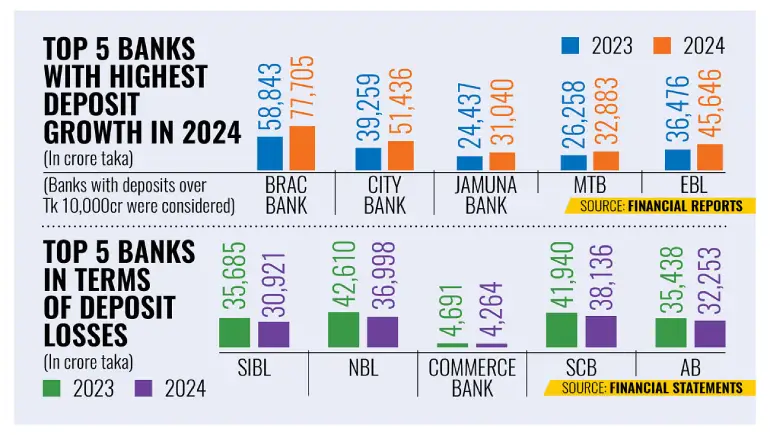
In the wake of rising financial instability, a growing number of depositors are withdrawing their funds from troubled banks and moving them to more stable, well-capitalized institutions. This trend reflects increasing concerns about banking safety, liquidity, and long-term trust. With recent bank failures and economic volatility, individuals and businesses alike are reevaluating where they place their money, prioritizing stability, reputation, and government guarantees.
There are several reasons driving this mass migration of funds:
As banks report weaker earnings, rising loan defaults, or exposure to risky assets, depositors begin to worry. Negative headlines and analyst downgrades can trigger panic, pushing customers to seek safer options.
Following high-profile collapses like Silicon Valley Bank and regional bank scares, depositors are more alert than ever. Even a rumor of insolvency can spark a digital bank run, especially in the era of online transfers and real-time withdrawals.
Stronger banks — typically national or global institutions with high liquidity, diversified assets, and robust regulatory oversight — are seen as safer havens. Customers are increasingly transferring their funds to these institutions, believing they are “too big to fail.”
To capitalize on the situation, many leading banks are offering attractive interest rates, lower fees, and promotional offers for new depositors. This adds a financial incentive to the emotional decision to move money.
The shift in deposits is reshaping the banking landscape:
This realignment is not just temporary — it signals a long-term trend where reputation, transparency, and regulatory compliance matter more than ever.
If you’re considering moving your deposits, here are a few key tips:
The shift of depositors from troubled banks to stronger rivals highlights a fundamental truth: trust is the foundation of banking. In uncertain times, customers are voting with their wallets, moving toward institutions that offer transparency, security, and confidence. As this trend continues, banks must adapt — either by strengthening their positions or risking further erosion of customer loyalty.












Comments
There are no comments for this Article.